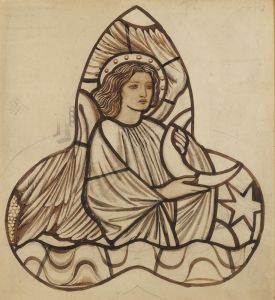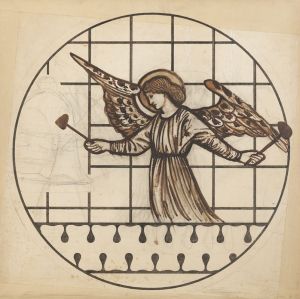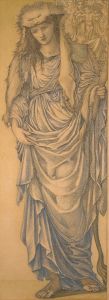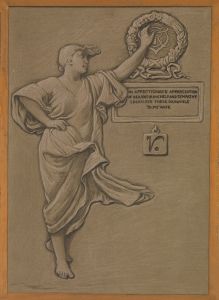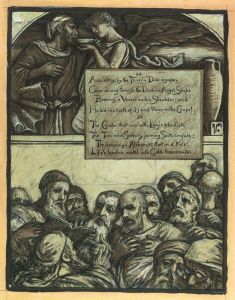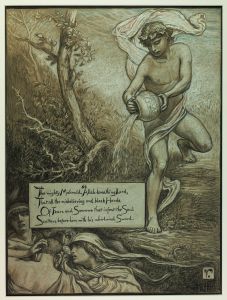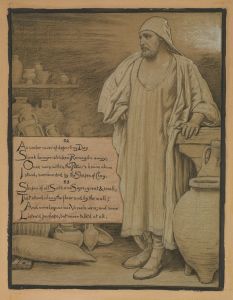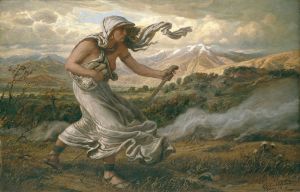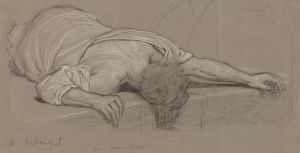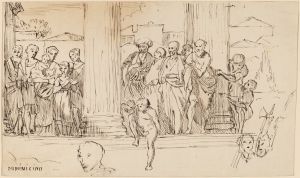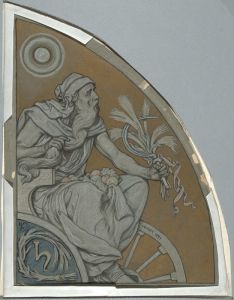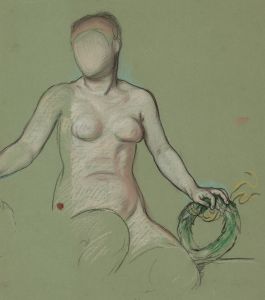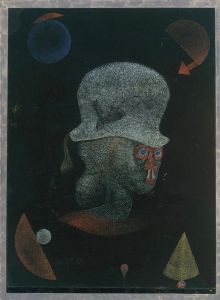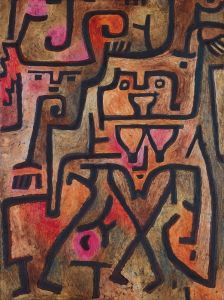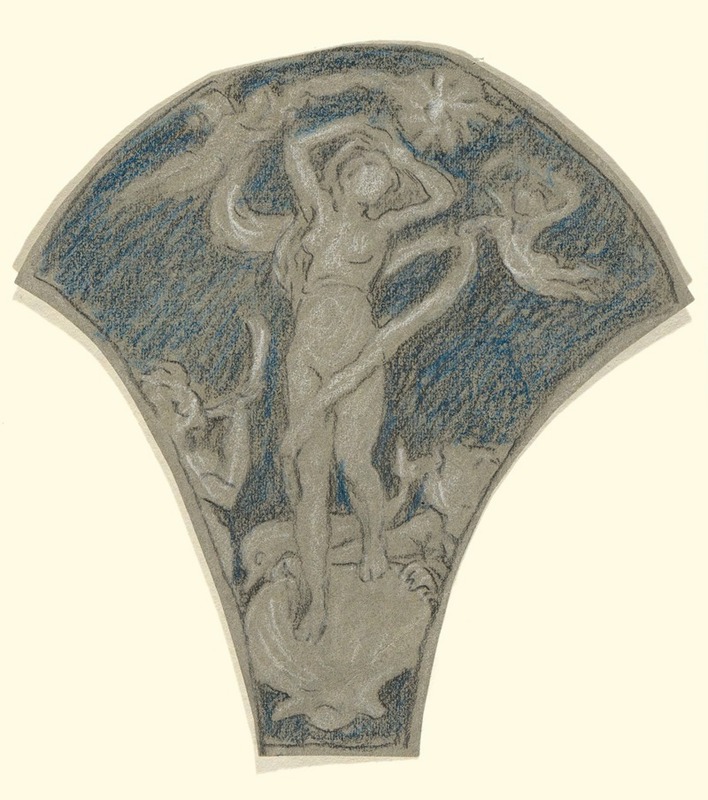
Study for Venus
A hand-painted replica of Elihu Vedder’s masterpiece Study for Venus, meticulously crafted by professional artists to capture the true essence of the original. Each piece is created with museum-quality canvas and rare mineral pigments, carefully painted by experienced artists with delicate brushstrokes and rich, layered colors to perfectly recreate the texture of the original artwork. Unlike machine-printed reproductions, this hand-painted version brings the painting to life, infused with the artist’s emotions and skill in every stroke. Whether for personal collection or home decoration, it instantly elevates the artistic atmosphere of any space.
Elihu Vedder's Study for Venus is a preparatory work created by the American symbolist painter Elihu Vedder (1836–1923). Vedder, known for his mystical and allegorical themes, was a prominent figure in the late 19th-century art world, particularly associated with the Symbolist movement. His works often explored themes of mythology, spirituality, and the human condition, blending classical influences with his unique visionary style.
Study for Venus reflects Vedder's interest in classical mythology, specifically the Roman goddess Venus, who represents love, beauty, and fertility. This study likely served as a preliminary exploration for a larger or more finished work, a common practice among artists of the time. Studies such as this allowed artists to experiment with composition, form, and technique before committing to a final piece.
The artwork demonstrates Vedder's skill in draftsmanship and his ability to convey the ethereal qualities often associated with Venus. While details about the medium and dimensions of Study for Venus are not widely documented, Vedder frequently worked in mediums such as oil on canvas, charcoal, and pencil for his preparatory studies. The piece likely showcases his characteristic use of soft, flowing lines and a focus on the human figure, elements that are hallmarks of his style.
Elihu Vedder spent much of his career in Italy, where he was deeply influenced by the classical art and architecture of the region. This environment may have inspired his depiction of mythological subjects like Venus. His time in Italy also connected him with other artists and intellectuals who shared his interest in symbolism and allegory, further shaping his artistic vision.
Although Study for Venus is not as widely recognized as some of Vedder's other works, such as his illustrations for Edward FitzGerald's The Rubáiyát of Omar Khayyám, it remains an example of his dedication to exploring timeless themes through art. The study provides insight into Vedder's creative process and his ability to merge classical inspiration with his own interpretive approach.
Due to the limited availability of detailed information about Study for Venus, its current location and provenance are not well-documented in public records. However, it remains a testament to Vedder's enduring fascination with mythology and his skill as a draftsman and painter.





